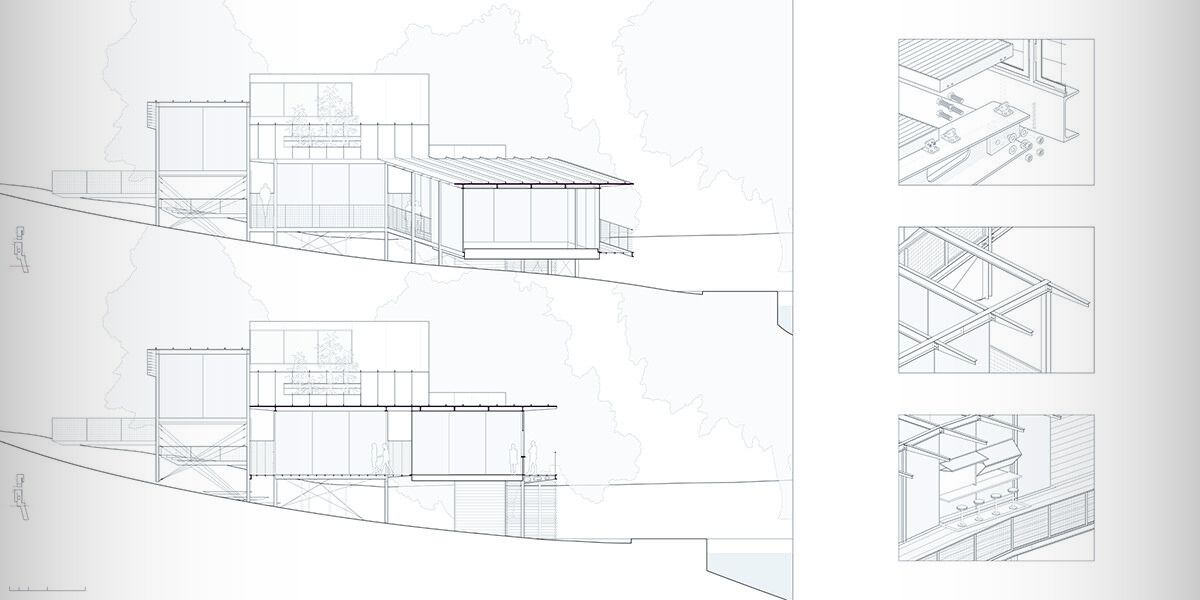What Is A PAD Payment?
A PAD payment, which stands for Pre-Authorized Debit payments, is a transaction method commonly used in banking and finance. It allows businesses or individuals to withdraw funds directly from a person’s or organization’s bank account. PAD payments are typically used for services that require recurring payments, such as phone bills, insurance payments and gym memberships.
All PAD payments require a PAD agreement prior to any funds being debited, and up until the last few years, many of these agreements were still in the form of paper contracts. The customer would have to sign the contract and acknowledge the funds being debited from their account.
Now, many payment processing companies offer digital PAD agreements, which can be accepted online, by email, or within an app. Digital PADs reduce friction and simplify the experience for the buyer, so many digital platforms and websites have started implementing them into their payment journey.
Bank Account Payments Through Digital PADs
If your business operates on any kind of subscription model, whether it’s a sports club, magazine publication or software company, recurring bank account payments are the best way to collect customer fees at scale.
They offer convenient payments for customers and reduced costs for the seller, but without the necessary authorization, businesses cannot collect payments. Digital PAD payments let businesses streamline and speed up the authorization process so they can onboard more customers and remove friction from the buying process.
Types of PADs
Personal PADs
- A way for individuals or organizations to authorize specific payees to withdraw funds directly from their bank accounts
Business PADs
- With customer authorization, businesses can automatically withdraw funds for subscriptions, goods and/or services provided
Cash Management PADs
- Allows businesses to transfer, consolidate or reposition funds between the account of one entity to another (i.e., from a parent company to its subsidiary)
- It can be drawn on a business account for that same business or closely affiliated company, but the accounts are typically held at different banks.
Funds Transfer PADs
- For individuals who wish to draw on their own account to transfer funds to another account that they own at a different bank
Setting Up PAD Payments For Your Customers
The process of setting up a PAD payment is quite simple: the payer first provides their banking information, including their account and transit numbers, to the payee. The payee then uses this information to initiate the PAD transaction. But before the PAD agreement can take place, the payer must give the payee the “go-ahead” to make withdrawals from their bank account. This is typically done through a signed agreement or an online form submission.
Once the PAD agreement is in place, the payee can initiate transactions on the agreed-upon dates. PAD transactions can be for fixed or variable amounts, depending on the nature of the agreement. For example, utility bills might have variable amounts based on factors like monthly water consumption, electricity usage and waste collection services. On the contrary, subscription services like gym memberships typically charge a fixed monthly fee.
What To Include In A PAD Payment
According to Payments Canada, there are mandatory elements that must be included in any PAD agreement:
- Date of agreement and signature
- Payer’s authorization
- PAD category
- (1) Personal – mortgage, rent, etc.
- (2) Business – lease, supplies, etc.
- (3) Funds transfer – retirement savings contributions
- If an amount is fixed or varied (with necessary statements and notifications)
- Frequency of withdrawals (weekly, monthly, recurring set date, etc.)
- Instructions for how to cancel the agreement
- Biller’s contact information
- Information on payer’s recourse rights









